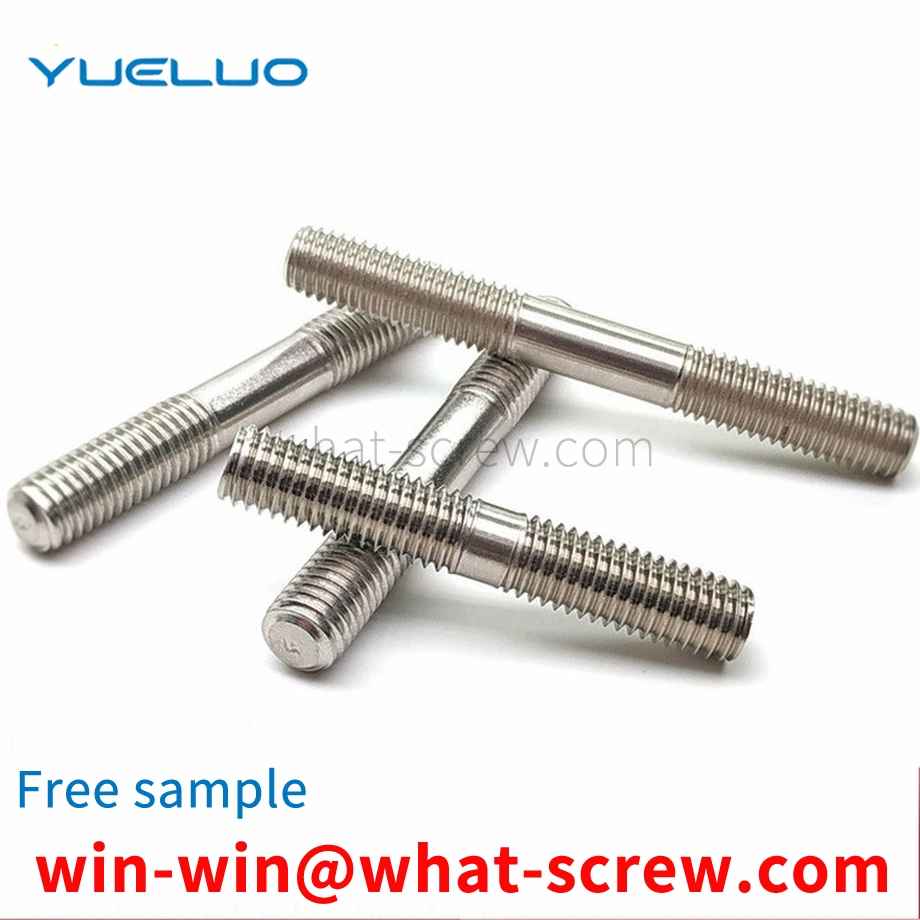Before the special vehicle is refitted, the chassis and the car frame should be reinforced again, and the fastened part of the rivets should be disassembled before the car frame is reinforced.
The circlip is also called a retaining ring or a retaining ring. It is a kind of fastener and is installed in the shaft groove or hole groove of the machine and equipment to prevent the axial movement of the parts on the shaft or hole. The circlip includes an arc-shaped elastic bending portion and a circlip protrusion at the end of the elastic curved portion, and the circlip protrusion is provided with a small hole for matching with needle-nose pliers or circlip pliers. This part is a commonly used part on the equipment. Once the assembly is not in place, it will affect the overall performance of the equipment and cause safety hazards. At present, the most common assembly method is to manually clamp and deform the circlip with circlip pliers or needle-nose pliers, put the circlip into the annular groove of the inner hole of the end cover, and then release the needle-nose pliers or circlip pliers. . The assembly of the circlip is very troublesome, labor-intensive, and has low assembly efficiency. Once mass production is required, this process often becomes a bottleneck restricting production.
The main part of the pin screw is an ordinary screw, and the pin can be arranged in the melting section of the screw or the drop groove of the metering section or the smooth cylindrical surface without screw grooves at the end of the metering section. The pins are arranged in a certain arrangement, with varying degrees of density and quantity. Cylindrical pins are formed by fitting the pins into the holes of the threaded rod; square or diamond-shaped pins are formed by milling directly on the threaded rod. If these pins are set in the melting zone, the pins can break up the solid bed, destroy the two-phase flow, stir the solid and liquid phases together, increase the contact area between the undissolved solid phase fragments and the contained material, and promote molten. If the pin is set in the melt conveying area, its main function is to divide the material flow, increase the interface, change the direction of the material flow, and rearrange the flow beam. Divide and merge multiple times, change the flow direction, and homogenize the melt composition and temperature. The mixing section is an inwardly slotted structure arranged at the end of the common screw homogenizing section, and its outer diameter is equal to the outer diameter of the screw. The grooves are divided into several groups, and each group is the confluence area of the material. The materials are divided by grooves, meet in the confluence area, and then divide and confluence. The principle is similar to the pin type. The characteristic of the separate screw is that in addition to the original screw thread (called the main screw) on the melting section, there is also an additional thread (called an additional thread) whose outer diameter is slightly smaller than the outer diameter of the main thread, and the main and auxiliary threads are With different leads, the secondary thread starts from the end of the feeding section (and connects with the feeding section here), and after several threads, gradually intersects the main thread of the homogenizing section. The screw groove depth and thread lead of this kind of screw change gradually from the beginning of the feeding section to the end of the homogenization, that is, the thread lead gradually narrows from the width, and the groove depth gradually becomes shallower from the depth, which can maximize the compression of the material.
The heating bolt pre-stretching method makes the bolt pre-stretch to the required deformation amount by heating, and then tighten the nut. After cooling, the bolt is shortened and the connection is pre-tightened. This is a commonly used fastening method in infrastructure installations. However, it is not suitable for devices that often need to be disassembled and adjusted, because during the disassembly process, the connected parts will be heated and elongated together with the bolts, and the use of open flame heating will be limited in some occasions; the use of electric heating will make the structure of the screw It becomes complicated and increases the investment, and even if it is difficult to disassemble, such as the propeller shaft of the ship, etc., the heating method is not suitable.
In the prior art, there are also automated equipment for riveting and assembling of hardware and handles; however, for the existing automated equipment, how to automatically and efficiently realize rivet feeding is particularly important.
We have many years of experience in the production and sales of screws, nuts, flat washers, etc. The main products are: DIN125 black, nylon hexagonal machine wire bolts, set flat head screws, 304 plywood nuts and other products, we can provide you with suitable fasteners for you. Program.



















 Service Hotline
Service Hotline




